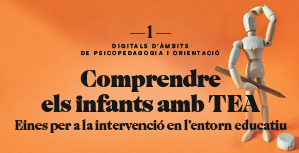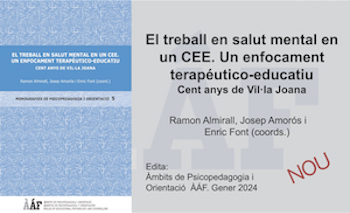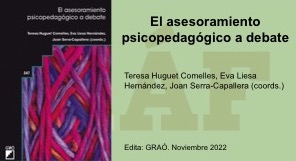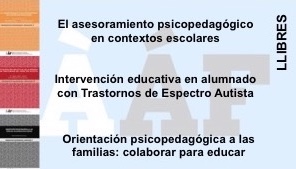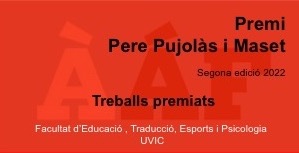Educate impulsivity. Prevention of learning difficulties
Abstract
In humans, inhibition of innate impulse response is the starting point for the development of executive functions. Social information processing and language are very important in this development. Executive functions have a great influence on school learning. Early childhood education is the best time to encourage self-regulation behavior.
Gradual intervention systems organize the educational goals and provide appropriate assistance for each student. The article offers an educational approach aimed at promoting the acquisition of skills for self-regulation and self-control during early childhood.
References
Bullis M.; Walker HM, eds. (1994). Comprehensive school-based systems for troubled youth. Eugene, Ore: University of Oregon, Center on HumanDevelopment.
Crick, N. R., &Dodge, K. A. (1994).A review and reformulation of social information processing mechanisms in children's social adjustment. Psychological Bulletin. Núm. 115. Pág. 74-101.
Eron LD. (1990). Understanding aggression. Bulletin of the International Society for Research on Aggression; Núm. 12. Pàg. 5-9.
Horner, R. H.; Sugai, G.; Anderson, C. M. (2010). Examining the Evidence Base for School-Wide Positive Behavior Support. Focus on Exceptional Children. Núm. 42. Pág. 8-14; ProQuest Central.
Sailor, W.; Dunlap, G.; Sugai, G.; Horner, R. (2009). Handbook of Positive Behavior Support. Springer. Nueva York.
Saumell, C. (2007). “ Escolta’m “. La resiliència i la vinculació afectiva en l’acció tutorial. Llicència d’estudis. Departament d’Ensenyament. Generalitat de Catalunya. http://www.xtec.cat/sgfp/llicencies/200607/memories/1597m.pdf
Saumell, C.; Alsina, G.; Arroyo, A. (2011). Alumnado con dificultades de regulación del comportamiento. Volum 1. Infantil y primaria. Barcelona: Graó.
Servera-Barceló, M. (2005). Modelo de autorregulación de Barkley aplicado al trastorno por dèficit de atención con hiperactividad: una revisión. Rev. Neurología. Núm 40. Pág. 358-368.
Sugai, G.; Horner, R. H. (2002). Introduction to the special series on positive behavior support in schools. Journal of Emotional and Behavioral Disorders; Num. 10, 3; ProQuest Central. Pág. 130-135. Recursos en español: http://www.pbis.org/spanish/main-es.htm
Tremblay, R.E.; Nagin, D.S.; Séguin, J.R.; Zoccolillo, M.; Zelazo, P.D.; Boivin, M.; Pérusse, D.; Japel, C. (2004). Physical aggression during early childhood: Trajectories and predictors. Pediatrics. Núm. 114(1). Pág. e43-e50.
Vigotski, L.V. (1994). Pensament i llenguatge. Vic: Eumo editorial.
Downloads
Published
Issue
Section
License
The authors maintain their copyright and give the right to the first publication of the work to the journal, registered under a Creative Commons Attribution-Non Commercial-NoDerivs license. This license allows others to download the works and to share them with others as long as they credit the author, but it does not allow for any kind of modification or commercial use.



